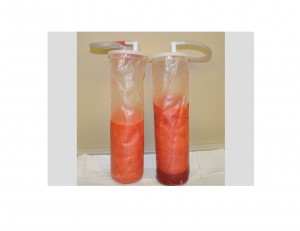Fat grafting and its liposuction harvest has become mainstream in 2015 for both aesthetic and reconstructive plastic surgery needs. While ongoing clinical studies and experience will continue to evaluate its effectiveness, there is no debating that its use has become adopted by most plastic surgeons. Several of the reasons for its popularity is that most patients are adequate donors, it can be accessed by very familiar liposuction techniques, it is easy to process and inject, and can be injected just about anywhere on the body.
But one reason for its popularity is almost never discussed but is widely known amongst plastics…it is an injectable tissue graft that has few complications. No matter how well a graft or implant may work, it will never have widespread acceptance or use if it has a high rate of complications. While it has been acknowledged that human body is remarkably tolerant of processed fat loads, few studies have reported on it.
In the March 2015 issue of the Annal of Plastic Surgery journal, a paper was published entitled ‘ Autologous Fat Graft by Needle: Analysis of Complications After 1000 Patients’. The authors performed a retrospective study of 1000 consecutive fat transplantation at their hospital since 2005. Complications were determined and divided into either harvest site or recipient-site complications. Of the 1000 procedures, donor site complications were two hematomas (0.2%) and eighty three contour deformities caused by liposuction. (8%) In the recipient sites, there were four infections. (0.4%) There was no skin necrosis in the grafted areas and no systemic complications from the harvest such as pulmonary embolism or deep venous thrombosis.

The very low complications in the recipient site show that injectable fat grafting has a very high safety level. I am surprised that using a needle to inject the fat did not have a few more minor complications due its sharp edges. I have long ago abandoned needles for injection and replaced them with blunt tipped cannula with side injection ports.
Dr. Barry Eppley
Indianapolis, Indiana


